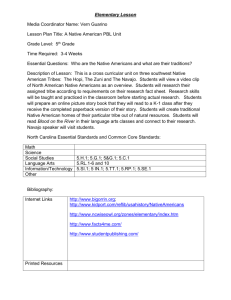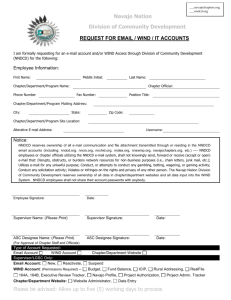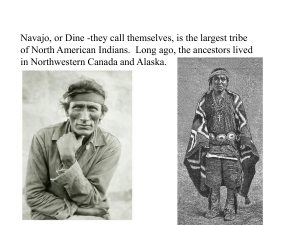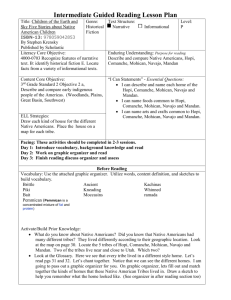NAIch6study
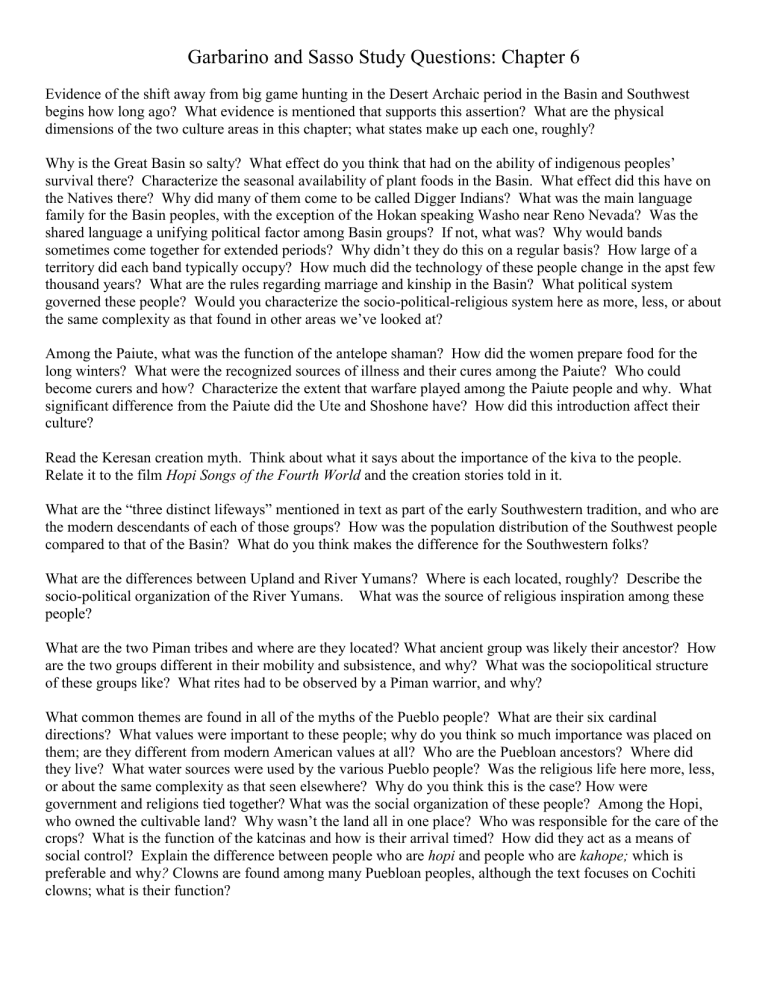
Garbarino and Sasso Study Questions: Chapter 6
Evidence of the shift away from big game hunting in the Desert Archaic period in the Basin and Southwest begins how long ago? What evidence is mentioned that supports this assertion? What are the physical dimensions of the two culture areas in this chapter; what states make up each one, roughly?
Why is the Great Basin so salty? What effect do you think that had on the ability of indigenous peoples’ survival there? Characterize the seasonal availability of plant foods in the Basin. What effect did this have on the Natives there? Why did many of them come to be called Digger Indians? What was the main language family for the Basin peoples, with the exception of the Hokan speaking Washo near Reno Nevada? Was the shared language a unifying political factor among Basin groups? If not, what was? Why would bands sometimes come together for extended periods? Why didn’t they do this on a regular basis? How large of a territory did each band typically occupy? How much did the technology of these people change in the apst few thousand years? What are the rules regarding marriage and kinship in the Basin? What political system governed these people? Would you characterize the socio-political-religious system here as more, less, or about the same complexity as that found in other areas we’ve looked at?
Among the Paiute, what was the function of the antelope shaman? How did the women prepare food for the long winters? What were the recognized sources of illness and their cures among the Paiute? Who could become curers and how? Characterize the extent that warfare played among the Paiute people and why. What significant difference from the Paiute did the Ute and Shoshone have? How did this introduction affect their culture?
Read the Keresan creation myth. Think about what it says about the importance of the kiva to the people.
Relate it to the film Hopi Songs of the Fourth World and the creation stories told in it.
What are the “three distinct lifeways” mentioned in text as part of the early Southwestern tradition, and who are the modern descendants of each of those groups? How was the population distribution of the Southwest people compared to that of the Basin? What do you think makes the difference for the Southwestern folks?
What are the differences between Upland and River Yumans? Where is each located, roughly? Describe the socio-political organization of the River Yumans. What was the source of religious inspiration among these people?
What are the two Piman tribes and where are they located? What ancient group was likely their ancestor? How are the two groups different in their mobility and subsistence, and why? What was the sociopolitical structure of these groups like? What rites had to be observed by a Piman warrior, and why?
What common themes are found in all of the myths of the Pueblo people? What are their six cardinal directions? What values were important to these people; why do you think so much importance was placed on them; are they different from modern American values at all? Who are the Puebloan ancestors? Where did they live? What water sources were used by the various Pueblo people? Was the religious life here more, less, or about the same complexity as that seen elsewhere? Why do you think this is the case? How were government and religions tied together? What was the social organization of these people? Among the Hopi, who owned the cultivable land? Why wasn’t the land all in one place? Who was responsible for the care of the crops? What is the function of the katcinas and how is their arrival timed? How did they act as a means of social control? Explain the difference between people who are hopi and people who are kahope; which is preferable and why ? Clowns are found among many Puebloan peoples, although the text focuses on Cochiti clowns; what is their function?
When and from where did the first Athabaskans enter the Southwest? Who were they? What was their subsistence pattern and how did some groups change this later? What is the earliest date for which we have solid evidence of their existence in the Southwest? What was the political organization of these groups? What are the major apache bands of today? How was life different for the Western Apache? Why were they matrilineal and the others bilateral?
How are the Navajo like or different from the Apache and Puebloan peoples? What additional cultural subsistence trait did they gain as a result of Spanish contact? Who controlled property among these people?
What is an outfit? How does this work into the Navajo clan system? What is a Navajo Sing? What rituals accompanied the death of someone in Navajo society? How about the rituals around a warrior’s return? It is said that the kin of a Navajo witch are also likely witches themselves. What do you think the social function of this belief is? What are the underlying values of Navajo culture; are they similar or different to that of the other
Southwestern groups? Why do you think this is the case?
Key Terms (italicized words are either not found in the text or are poorly defined)
Bilateral kinship
Katcinas
Patrilineal band travois witch cacique
Kiva
Predatory band
Tumpline hogan
Nuclear family
Pueblo way hozho
Outfit theocracy
Wickiup
